#6: Resisting the Market-Reflected Gaze
Everywhere (and everyone) looks the same (boring).... to please who exactly?
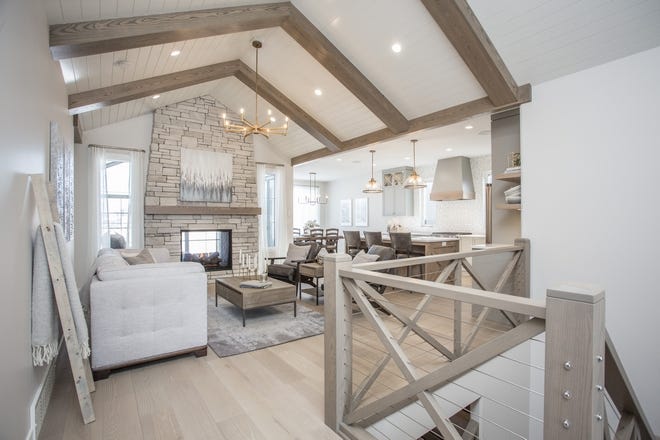
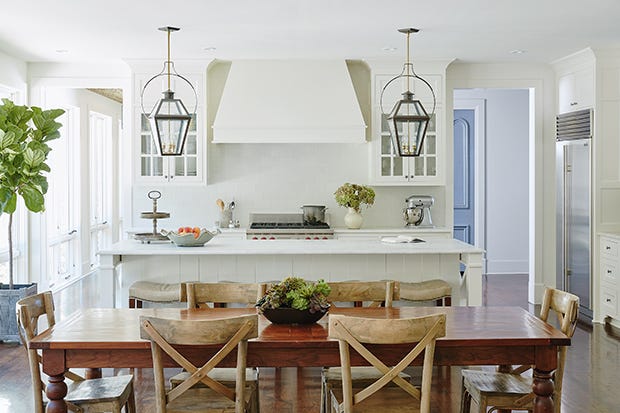
At one point in my life I, like many, turned to HGTV for a guaranteed hour of serenity. An oasis of low stakes housing drama and formulaic resolution populated by just-interesting-enough television personalities. Since I cut cable years ago I’ve been looped out of the happenings over at HGTV.
My parents, however, remain dedicated to the channel. I tuned in with them one night last month and was shocked by how uninterested (even disturbed!) I was watching these shows. The eeriness bore from one simple fact: the houses all looked the same. Not only that, homebuyers waxed poetic about these “ideal” bland, beige, lifeless homes. I wanted to vomit!! Some trickster could have swapped before and after footage from one program to another and I probably wouldn’t even have noticed.
My reaction comes with validation. Turns out researchers at Bucknell University and Queen’s University have looked at HGTV’s impact on home buying and remodeling, the Washington Post reports. It’s making everyone sad and uncreative. The “market-reflected gaze” (I love this nomenclature) dictates that people are making design and construction decisions based on how they think future homebuyers will respond. When given the choice between something that makes them happy and something that’s safe, they choose the latter. This is depressing!!!
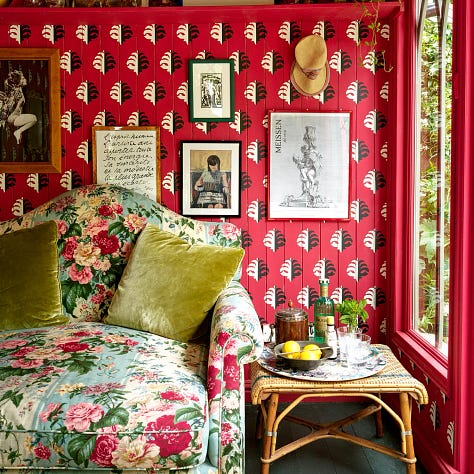
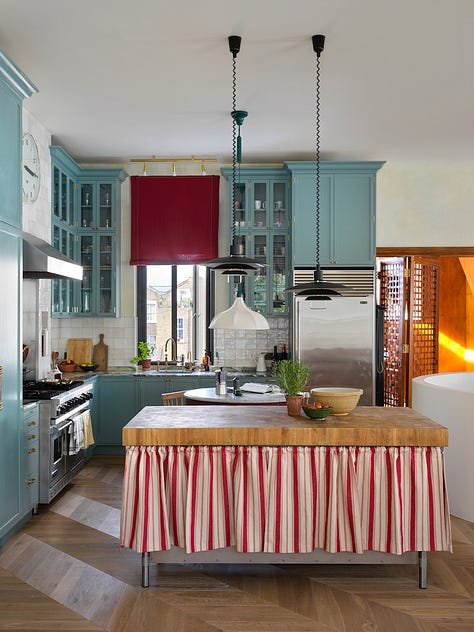
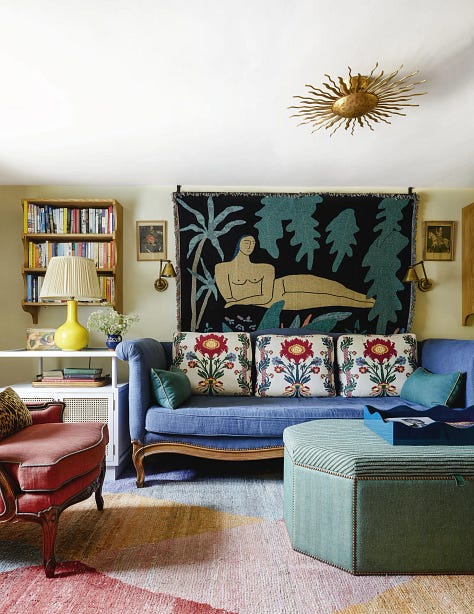
This rampant “shift toward standardization” in housing reminded me of the prevalence of Instagram Face, Jia Tolentino’s name for the homogenized “cyborgian” look overtaking the culture. Achieved through photo filters or –more dramatically–permanent surgeries, the trend fetishizes an “aspirational” sameness in the face. The platonic ideal here: Bambi eyes, full lips, high cheekbones, slim noses. A face (or body) falling short of these market-dictated beauty standards is rendered undesirable and must be fixed… much like a kitchen with white appliances or a closed concept floor plan.
In her book of essays “Trick Mirror” (2017), Tolentino writes, “[The ideal woman is] an ordinary woman reproducing the lessons of the marketplace, which is how an ordinary woman evolves into an ideal.” Whereas her essay preoccupies itself primarily with women, I’d like to extend the sentiment to all consumers. Men are just as vulnerable to the market-reflected gaze. Perhaps not as incentivized to respond to it, but pressured and shaped all the same.
When a singular type of house or body is the only model we see in mass media and entertainment, and then corroborated as advantageous, prudent, and profitable by individual brands and the marketplace, it’s no wonder we feel uneasy exploring tastes beyond the standard.
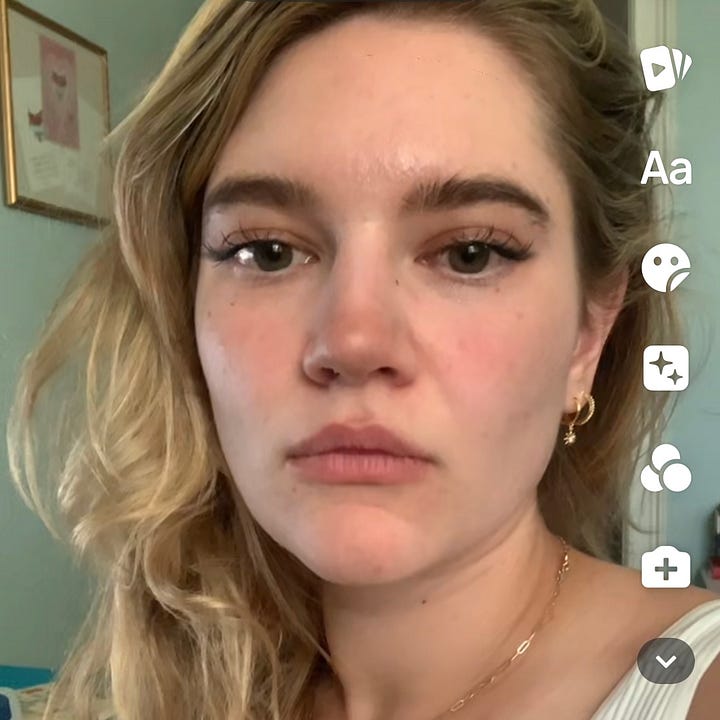
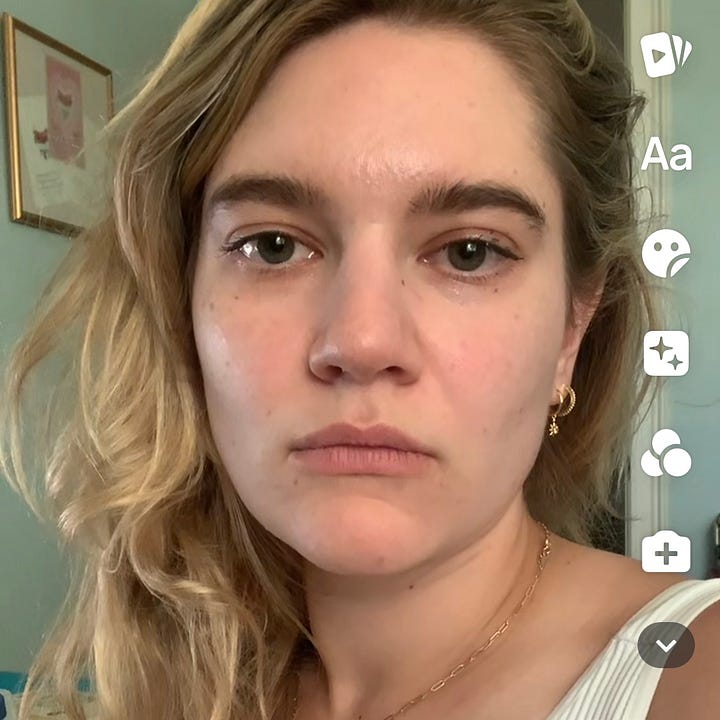
–––––
Relatedly (in my opinion) reports of anhedonia, or the inability to feel pleasure, are up. I think a large contributor to this phenomenon is the pressure to please a constrictive and uninspired market. Pleasure derived from individual taste and experimentation is so…… absent. Preferences that deviate from the standard must be justified (“I just look better in skinny jeans. Sorry, Gen-Z!”) or labeled as “guilty,” that is, ultimately harmless but knowingly uncool by market standards. This type of thinking makes sense. Adherence to the market-reflected gaze is rewarded (i.e. through higher home valuations or increased opportunities directly related to appearance.) Disobedience is prodded, probed, and sometimes punished.
Asked about rises in anhedonia and how it impacts consumers, Andrea Bell, the director of insight at WGSN, said this: “[C]ombating the anhedonia effect is a prime opportunity for nearly all industries as people start to chase pleasure. Everything from dopamine dressing, which is still tracking in fashion, to high-intensity flavors in food and drinks can snap us out of this apathy and get our synapses firing again.”
I fear this is the wrong approach. Buy more things? Undoubtedly informed by a trending aesthetic? Um, isn’t that what’s propelling our feelings of insufficiency and disquietude in the first place? What she’s encouraging is not chasing pleasure. It’s adherence to the market. Her statement assumes that the only pleasure worth chasing is one that can be bought. She’s all but advising brands to prey on consumers’ insecurity and unhappiness.


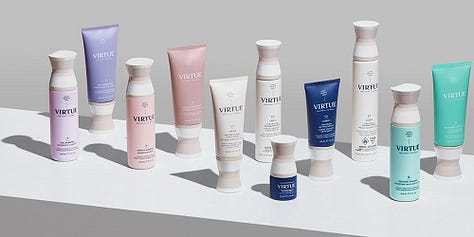
Listen, no matter the format advertising and influencing will always be cultural realities (that which we call a rose…). We are social beings constantly transferring information to aid in our mutual existence. Sometimes that is a lipstick recommendation. Other times it’s a mattress. My wish, then, is for the enduring spaces we inhabit (our bodies, our homes) to not be fashioned for public consumption. Toasters can please a wide range of consumers, bodies and homes and personalities should not. We can still care about how we are perceived and communicate our values through brand alignment without morphing into identical entities.
I see the solution as a pas de deux between consumers and brands. Consumers should consider how their preferences are shaped and inspect the sources of these influences. Am I remodeling my upstairs bathroom because it’s no longer functional or because Restoration Hardware has shamed me into thinking my wallpaper is ugly and my shower is dated? Most importantly, prioritizing forms of pleasure-seeking not dependent on spending money will inspire freer-thinking. And when new products must be purchased, consumers should exercise their creativity, seeking out solutions that make them happy– even at the cost of negative peer (or market) feedback.
Brands, on the other hand, might give breathing room to interesting new concepts that are not immediately profitable. And they can choose not to reinforce standards, instead empowering consumers to explore and discover their own tastes by retooling algorithms. On this subject I really liked Alain Sylvain’s piece in Fast Company about the “algorithm-as-business-driver” and its role in flattening our tastes. He writes,
Innovation requires those who are willing and able to break molds and go against the grain of algorithmic trend cycles. Societal innovation and advancement at large will stagnate without environments for new ideas to incubate and disseminate. We already see this happening: despite the fact that the internet has made it easier for anyone to become a creator, only a handful of creators actually see traction.
He goes on to describe the “cycle of cultural regurgitation” which explains why all of our entertainment (endless sequels, mining of established IP, fashion trends) feels repetitive and redundant. I think art and style will always be building on their predecessors––reworking and reinterpreting the past is a rite of passage in youth culture. It’s this flattening, this disappearance of subcultures, that should raise flags.
–––––
On curbing the spread of mediocre AI-generated art, Novelist and Filmmaker Owen Egerton said something that stuck with me: “Go deeper and weirder and make something that is so human and so strange that it can't be duplicated by an algorithm.” The same advice might be applied to the bland sameness of appearances and decor in the marketplace.
As I get older, faces and houses scrubbed of their uniqueness are so uninteresting to me. I’m delighted to spot a crooked nose in a crowd, or a spare bedroom saturated in colors. It bums me out that people are making very personal decisions based on what they’re told (and shown) is sellable. There’s so much beauty in variety!! In eclectic tastes and real humanness and mess. I’m sorry that being so plugged in and digitally connected has robbed us of that, but I truly believe rejection of the market-reflected gaze will unlock new ways of enjoying, challenging, and improving our culture. Free your Sad Beige home and the rest will follow.
Sidewalk Reporting:


Mom and I spent thirty minutes passing binoculars back and forth to watch an osprey try to rid himself of a sizable fish after his claw got caught in the fish’s gill. Absolutely riveting theater. Maybe bird watchers are on to something?
xoxo,
Sarah




